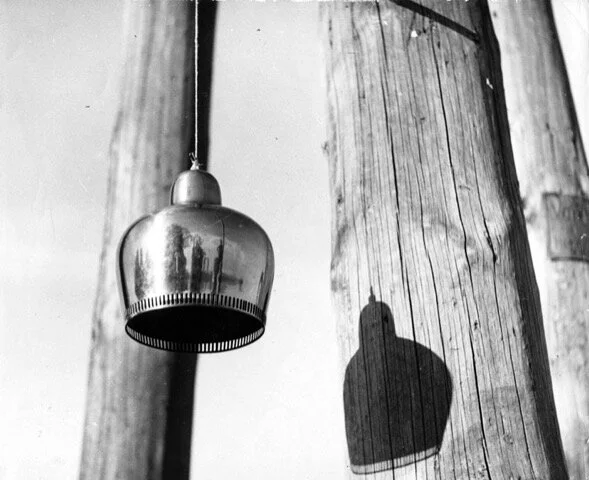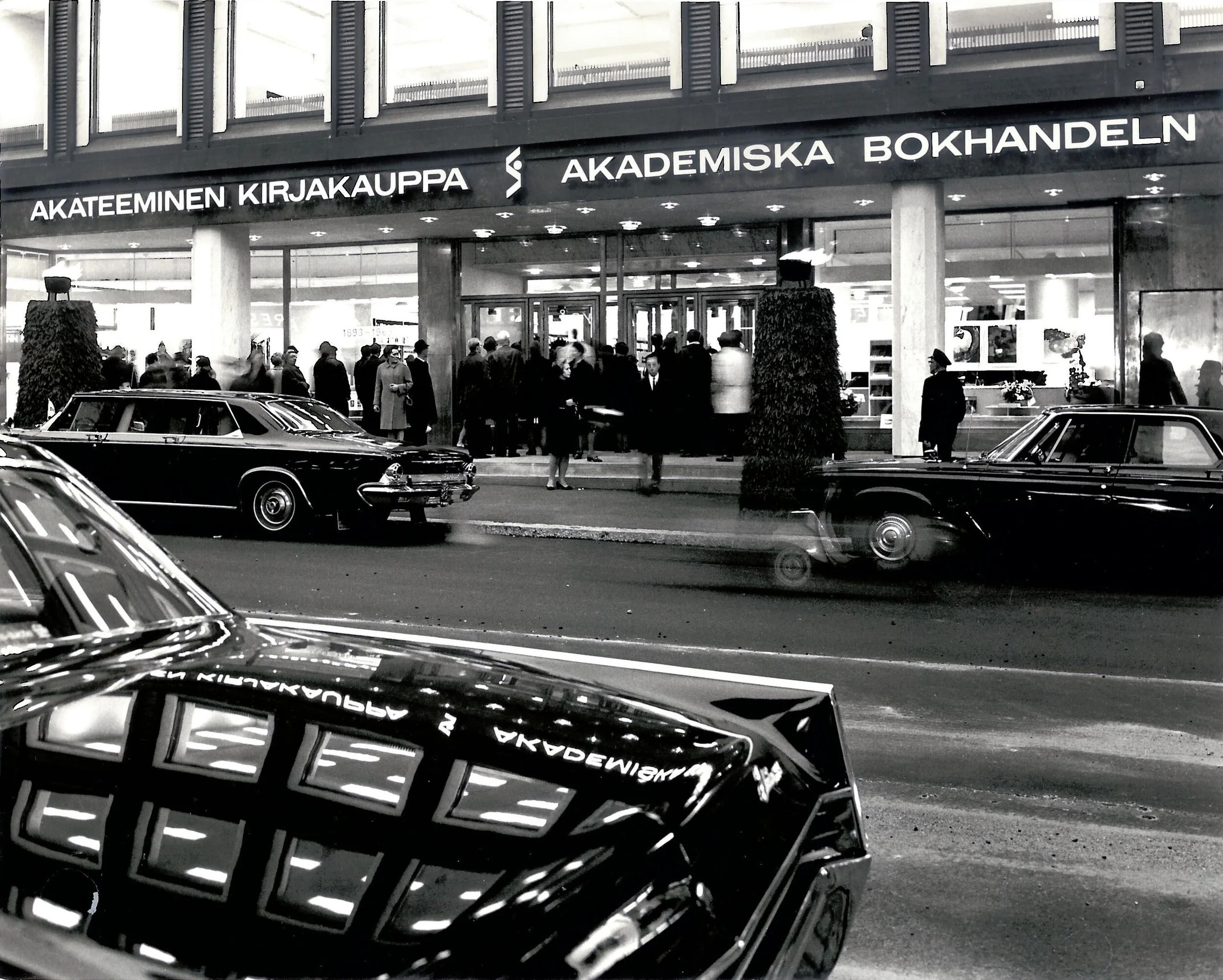Story
Story
One’s failure others gain? That can be said in this case since Café Aalto was born, when a popular cafe in Rautatalo, “the Iron House”, was forced to close its doors in the mid-1980s.
Rautatalo on Helsinki Keskuskatu Street was completed in 1955. It was designed by Alvar Aalto to become a building for stores and offices. Marmoripiha, “the Marble Garden”, is one of the highlights in the original architecture. This open space inside the house brings the business and office spaces together. For many years a cafe, which was an important part of the social life in Helsinki, functioned in Marmoripiha.
When the rent for the office spaces rose in Helsinki in the mid-1980s, Rautatalos financial situation got restraint. At the same time new cafes started popping up in street corners as a result of the Europeanisation of Finland. Marmoripiha no longer represented the pulse of the city life, and was left aside. When it became clear that Marmopihas future was at stake and the interior and valuable furniture under threat, the Finnish Association of Architecture made a plea in 1985 using the Building Protection Act to protect Rautatalo. The plea was answered and a decision to protect the building was made but not until 1991. By then the cafe had already closed because of unprofitable business.
As a result the furniture from the Rautatalo cafeteria was auctioned. Stockmann ended up buying the furniture and donated it to the Alvar Aalto Foundation. When Stockmann build a cafe in Kirjatalo, “the Book House”, designed by Alvar Aalto in 1969, the foundation gave Stockmann the right to use the furniture. Roy Mänttäri was chosen as architect and Elissa Aalto, who gave permission to use the name Aalto, became the godmother for the cafe. The Ant Chair by Arne Jacobsen also became a part of the interior.
When the facilities were ready entrepreneur Maija-Liisa Sjöberg was chosen to run the cafe. Café Aalto was opened 16.11.1986 and has been a family business since, now running in the second generation.

















